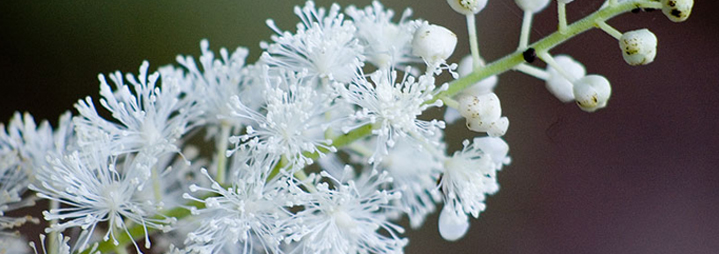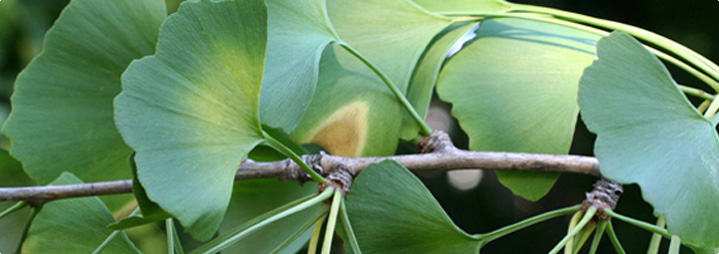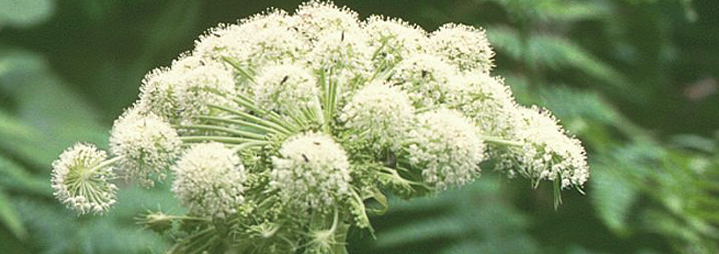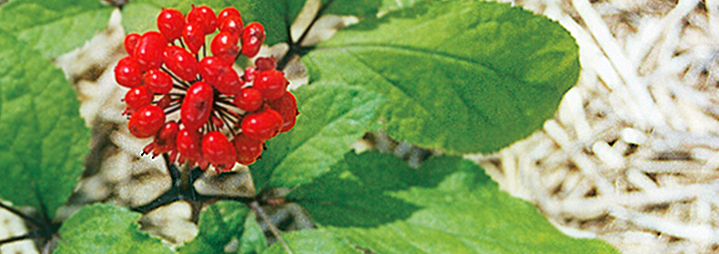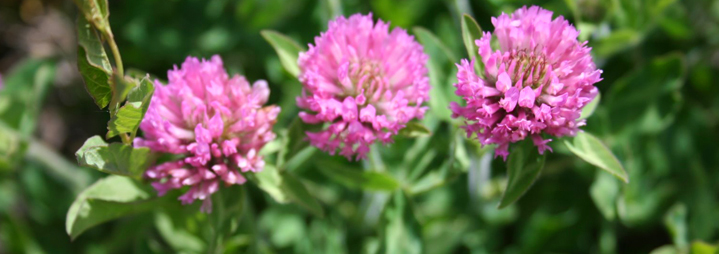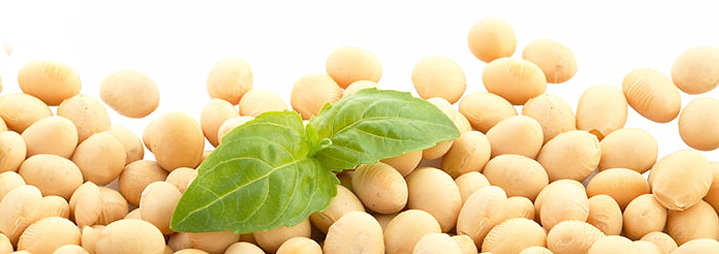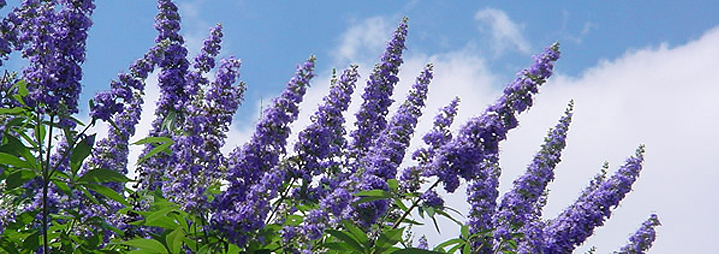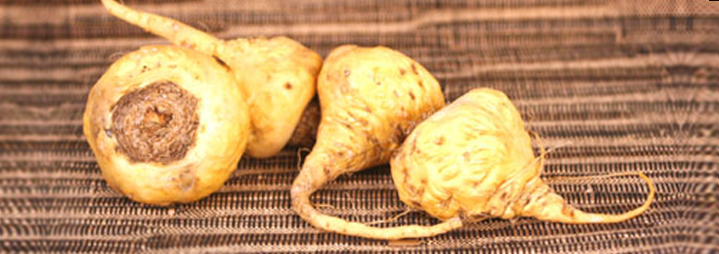How Does Phytoestrogen Work?
 There are lots of ways used to help combat symptoms of menopause: like hormone replacement therapy (HRT). During menopause your hormone levels fluctuate. HRT works by artificially boosting hormone levels in your body. Does it work? Sure. as long as you don't mind suffering the consequences: side effects of HRT include headaches, double vision, fever, and swelling of hands, feet and lower legs.
There are lots of ways used to help combat symptoms of menopause: like hormone replacement therapy (HRT). During menopause your hormone levels fluctuate. HRT works by artificially boosting hormone levels in your body. Does it work? Sure. as long as you don't mind suffering the consequences: side effects of HRT include headaches, double vision, fever, and swelling of hands, feet and lower legs.
HRT may also increase the risk of heart disease and breast cancer. Read on to learn about phytoestrogens, a safer way to combat your symptoms of menopause.
Phytoestrogen: An Introduction
Xenoestrogen is a type of chemical that is similar to estrogen at a molecular level. The similarity between xenoestrogen and true estrogen is so close that xenoestrogen can in fact mimic the effect estrogen has on a living organism. Phytoestrogen is just a type of xenoestrogen that is derived from plants, as the name suggests; 'phyto' means 'plant' in Latin.
The fluctuating levels of hormones that occur in your body during menopause can cause a lot of changes to it. One hormone that is affected during menopause is estrogen. Estrogen is vital to your body; it helps with lots of the body's functions. For instance, estrogen is involved in the thickening of the vaginal wall and with the retention of sodium and fluid in the body.
Although your estrogen levels may rise at some points during menopause, they may also drop. A lack of estrogen in the body can lead to vaginal dryness, irregular periods and changes to your body odor. These are all common symptoms of menopause. To learn about how phytoestrogen works, read on.
How Phytoestrogen Works
This might be the sciency bit, but don't let that let you put off; it's important to understand how phytoestrogens work. When the level of estrogen drops in your body, you need to try to restore it. This is where phytoestrogen comes in.
 By mimicking the effect estrogen has on your body, phytoestrogen can help combat symptoms of menopause by filling in where estrogen would normally be. It can help to thicken the vaginal wall and regulate fluid retention, thereby helping with vaginal dryness and its associated complications.
By mimicking the effect estrogen has on your body, phytoestrogen can help combat symptoms of menopause by filling in where estrogen would normally be. It can help to thicken the vaginal wall and regulate fluid retention, thereby helping with vaginal dryness and its associated complications.
So Where Can I Find Phytoestrogen?
Good question. Well, phytoestrogen is found in plants and in foods derived from plants. It's there in lots of the food you already eat, like cereal and bread. But pound for pound, the best place to find phytoestrogen is in nuts and oilseed. If you feel like you're suffering from the symptoms of menopause, make sure you get enough of these foods in your daily diet.
Click on the following link to learn more about phytoestrogens.









